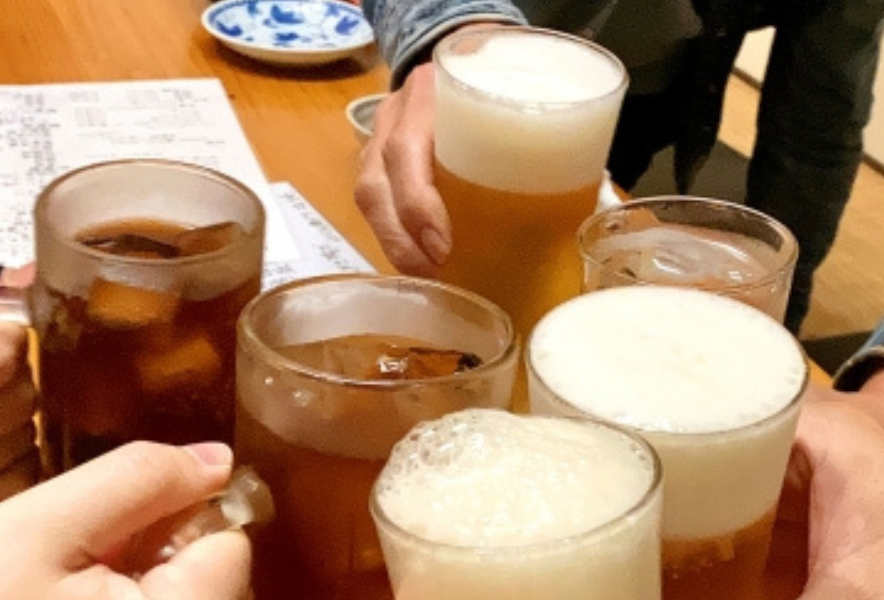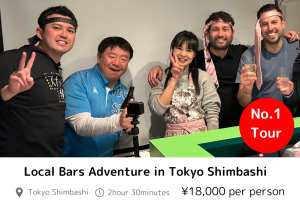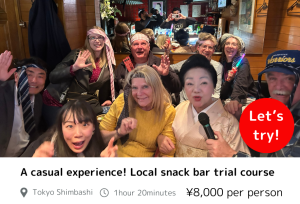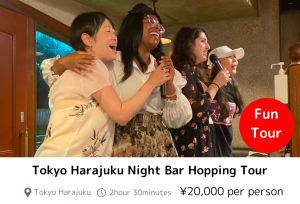Japan’s drinking culture, known as “nomikai” (飲み会), is an integral part of social and professional life. These gatherings provide a unique opportunity to understand Japanese customs, bond with colleagues, and enjoy the country’s diverse array of alcoholic beverages. Here’s a comprehensive guide to help you navigate and appreciate the nomikai experience.
\How about drinking on a local adventure in Tokyo?/
Contents
What is Nomikai?
Nomikai is a Japanese term for drinking parties, often organized among friends, coworkers, or social groups. These gatherings typically take place at izakayas (Japanese-style pubs), restaurants, or bars, and involve drinking, eating, and socializing.
The Significance of Nomikai
- Building Relationships: In Japan, nomikai are essential for building and strengthening relationships. They offer a relaxed environment where people can communicate openly, breaking down hierarchical barriers that exist in the workplace.
- Cultural Insight: Participating in a nomikai provides valuable insight into Japanese culture and social dynamics. It’s a chance to observe and engage in local customs and traditions.
- Networking Opportunities: Nomikai are excellent opportunities for networking. Whether you’re a professional looking to advance your career or a traveler wanting to connect with locals, these gatherings can be very beneficial.
If you want to enjoy a tour of Japan's hidden alleyways, I recommend the "Snack Alley" tour.
Common Nomikai Practices
- Kanpai (Cheers): The nomikai typically starts with a toast, or “kanpai.” Everyone raises their glass and shouts “kanpai” in unison before taking their first sip.
- Pouring Drinks: It’s customary to pour drinks for others rather than filling your own glass. This practice, known as “osusume,” is a sign of respect and attentiveness. When someone offers to pour you a drink, hold your glass with both hands and reciprocate the gesture.
- Sharing Food: Food is usually served in shared plates, encouraging communal dining. Be sure to use the serving utensils provided or the opposite end of your chopsticks when taking food from shared dishes.
- Pacing Yourself: While drinking is a significant part of nomikai, it’s important to pace yourself. Drinking too quickly or too much can be frowned upon. Instead, sip slowly and enjoy the conversation and food.
Types of Nomikai
- Bonenkai (Year-End Party): Bonenkai, which means “forget-the-year party,” is held at the end of the calendar year. It’s a time to reflect on the past year, celebrate accomplishments, and let go of any hardships before the new year begins.
- Shinnenkai (New Year Party): Shinnenkai is held at the beginning of the year to celebrate the start of a new year. It’s an opportunity to set new goals, bond with colleagues, and look forward to the year ahead.
- Work-related Nomikai: These are common among coworkers and are often held after work. They help strengthen team bonds and provide a more informal setting for discussing work-related matters.
- Friendship Nomikai: Gatherings with friends are more casual and can occur at any time. They are a great way to unwind and enjoy each other’s company.
- Seasonal Nomikai: Certain times of the year, such as cherry blossom season (hanami) and summer festivals (matsuri), are popular for organizing nomikai. These gatherings are often held outdoors and feature seasonal foods and drinks.
- Farewell and Welcome Parties: Known as “soubetsukai” and “kangeikai” respectively, these parties are held to bid farewell to departing colleagues or welcome new members to a team.
Japanese nijikai 2nd or 3rd party?
Tips for Participating in a Nomikai
- Be Punctual: Arriving on time shows respect for the host and other participants.
- Respect Hierarchies: In work-related nomikai, be mindful of seating arrangements and deference to senior members or superiors.
- Engage in Conversation: Participate actively in discussions, showing interest in others’ stories and experiences.
- Know Your Limits: It’s okay to decline additional drinks if you feel uncomfortable. Politely say, “I’m good, thank you” or “I’ll take a break.”
- Express Gratitude: At the end of the gathering, express your thanks to the host and your companions. A simple “Thank you for the enjoyable evening” goes a long way.
Conclusion
Understanding and participating in Japan’s nomikai culture can be a rewarding experience. It offers a glimpse into the social fabric of Japanese society and provides opportunities to forge meaningful connections. Whether you’re in Japan for business or leisure, embracing the nomikai tradition will enrich your stay and deepen your appreciation for Japanese culture.
Let’s go to Izakaya and a Japanese Snack-bar with a fun guide!!
You can enjoy many kinds of drinks at Izakaya and drinking culture Snack Bars, beloved by many but you can’t enter without a guide. You can enjoy communication with the owner and other customers, as well as singing karaoke, allowing for a relaxing time.
Most snack bars have a policy of refusing entry to foreigners. However, with a tour, you’ll have a guide, so you can enter with peace of mind.
When visiting Japan, don’t just check off the tourist spots –
dive into local experiences for an unforgettable journey!
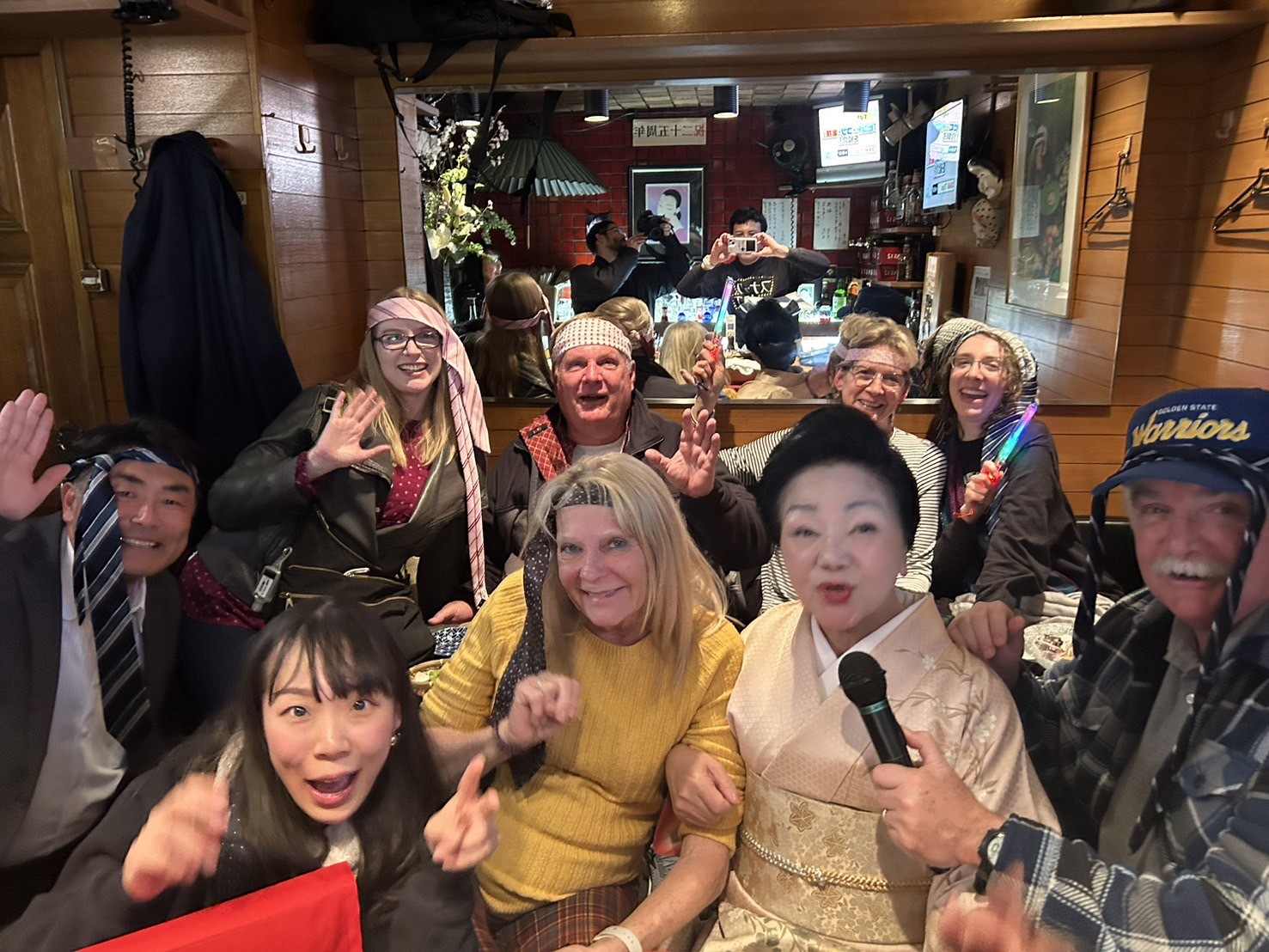
Once you experience it, you’ll be captivated too! The charm of snack bars.

New encounters with people! The camaraderie of singing at a snack bar! Conversations with the mama-san!

